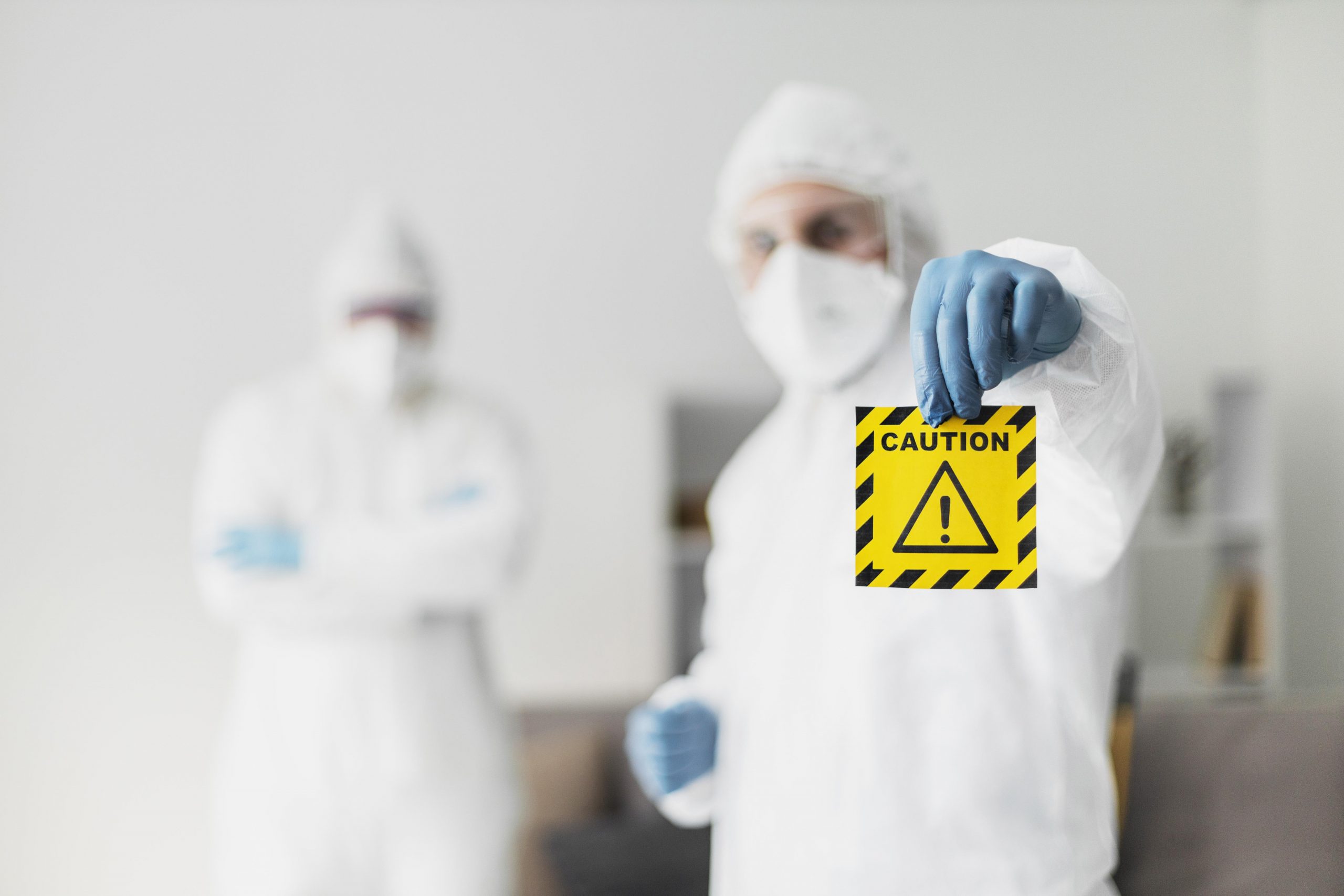Exploring Hazardous Chemicals: What You Need to Know

Introduction:
Chemicals are everywhere in our workplaces, making things we use daily like paint, plastics, and medicines. But some chemicals can be dangerous. In this blog, we’ll talk about these hazardous chemicals, what they are, the rules we need to follow, and some important facts and numbers.
Understanding the Dangers:
Chemicals at work can be risky in three ways: they can be harmful to our bodies (health), dangerous in certain conditions (physical), and harm the environment.
Physical Hazard:
- Things that can burn or explode
- Substances that can corrode or break down materials
- Gases that can be pressurized or catch fire easily
Health Hazard:
- Substances that are poisonous
- Things that can cause diseases or birth defects
- Stuff that can irritate or make our skin sensitive
Environmental Hazard:
- Substances that can harm animals and plants in water
- Things that can damage the ozone layer in the sky
Laws and Industry Standards
Following the Rules and Regulations:
If you’re in charge at work, you need to follow some important rules and Regulations in Singapore to keep everyone safe. Here are a few rules to pay attention to:
WSH (Risk Management) Regulations: Managing risks to keep worker safe.
WSH (Medical Examinations) Regulations: Checking people’s health to make sure they’re okay to work.
WSH (Incident Reporting) Regulations: Reporting accidents to learn and prevent them from happening again.
Industry Guidelines:
To make sure we’re doing things safely, we also follow some industry guidelines, like:
Code of Practice on WSH Risk Management
SS 586-1: How to communicate hazards for chemicals and dangerous items during transport and storage.
SS 586-2: How to label and classify chemicals safely.
SS 586-3: How to create safety data sheets for chemicals.
Statistics
Here are some important numbers to know about chemicals at work:
Over 30% of chemical problems happen in the making of things (manufacturing).
Chemicals often cause skin problems at work.
Breathing in and skin contact are the main ways chemicals can affect us.
For the latest numbers, look at the Workplace Safety and Health Reports
Conclusion:
Understanding hazardous chemicals is important for everyone’s safety at work. By following the rules and guidelines, we can make sure our workplaces are safe and healthy. If you have questions, check the latest reports for the newest information on how to stay safe.
Source:
Workplace Safety and Health Council
https://www.tal.sg/wshc/topics/chemicals/about-chemicals



